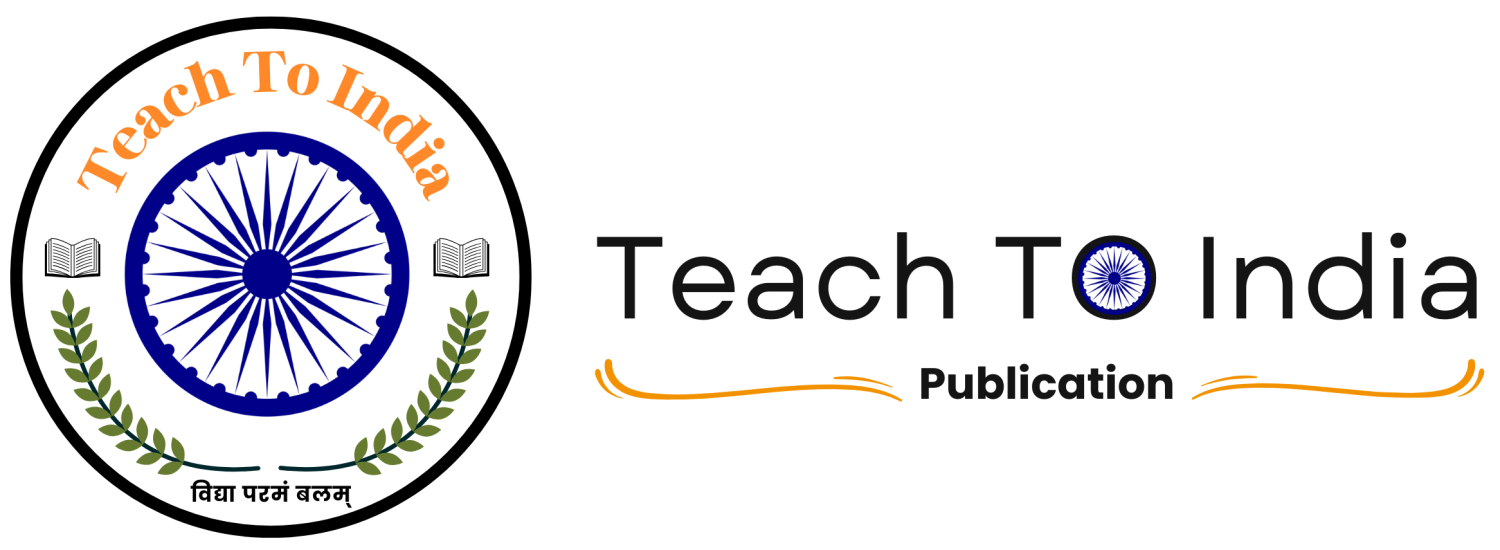Elementary Mathematics - प्रारंभिक गणित
- Description
- Curriculum
- Reviews

Model Question Paper
Elementary Mathematics – प्रारंभिक गणित
Key Features | मुख्य विशेषताएँ
- Bilingual Model Paper | द्विभाषी मॉडल पेपर
- Enough MCQ for Practice | अभ्यास के लिए पर्याप्त MCQ
- Exam Practice Paper with Mock Tests | मॉक टेस्ट के साथ परीक्षा अभ्यास पत्र
- Latest Syllabus as per NEP | NEP के अनुसार नवीनतम पाठ्यक्रम
- Designed by Experts | विशेषज्ञों द्वारा तैयार किया गया
The given MCQs cover only 10% of the syllabus | दिए गए बहुविकल्पीय प्रश्न केवल 10% पाठ्यक्रम को कवर करते हैं।
To cover 100% of the syllabus with summaries, upgrade to our Advanced Model Paper.| पूरा सिलेबस और सारांश कवर करने के लिए हमारा एडवांस मॉडल पेपर जॉइन करें। Join Advanced Model Paper
|
Program Class: Degree/ BA |
Year: 3rd |
Semester: Sixth |
||
|
Subject: Economics |
||||
|
Course Title: Elementary Mathematics |
||||
|
Course Learning Outcomes: On completion of this course, learners will be able to: · Students should be familiar with the basic concepts of mathematics and their application in economics. · Students are able to comprehend & explain the concepts of straight lines slope etc. of mathematics and its application in economics. · Students should be able to understand basics of differential & its application in economics. · Students should be able to understand and work with matrices and determine if a given square matrix is invertible. · Learn about and work with vector spaces and subspaces. Students are able to understand and work with the concepts of linear programming & graphic methods. |
||||
|
Credits: 5 |
Core Compulsory |
|||
|
Max. Marks: –25+75 |
Min. Passing Marks: 33 |
|||
|
Unit |
Topics |
|||
|
I |
Basic Concepts: Variables, Sets, Functions, Equations, Identities, Systems of Equations
|
|||
|
II |
Application of Straight Line System, Slope of the Line, Homogeneous Function. |
|||
|
III |
Role Of Mathematical Techniques In Economic Analysis, Theory of Numbers, Indices and Factorization.
|
|||
|
IV |
Progression, Growth Rate, Equilibrium. |
|||
|
V |
Basics of Calculus: Rules of Differentiation of a Function; Maxima and Minima. |
|||
|
VI |
Elasticities; Inter-relationships among Total, Marginal and Average Cost and Revenues; Constrained Optimisation Problem; Integration of a Function, Consumer’s and Producer’s Surplus.
|
|||
|
VII |
Matrix and Determinants: Various types of Matrices, Determinants, Inverse of a Matrix, Crammer’s Rule. |
|||
|
VIII |
Concept of Linear Programming — Graphic Methods.
|
|||







